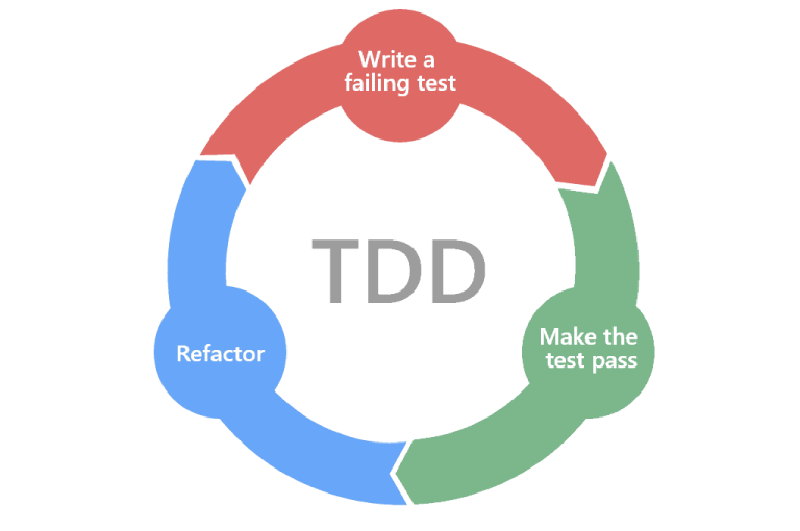 Test Driven Development
Test Driven Development
In the ever-evolving landscape of software development, where change is the only constant, the need for robust testing practices has never been more critical. Martin Fowler’s insightful exploration of self-testing code has illuminated a path that not only enhances the quality of our code but empowers developers with a newfound confidence to shape and mould systems with agility.
Self-testing code is “the practice of writing comprehensive automated tests in conjunction with the functional software.”
At the heart of self-testing code lies a profound benefit: the confidence to implement changes. In traditional development cycles, every alteration, no matter how minor, can lead to a cascade of unintended consequences. This uncertainty can stifle progress and hinder innovation. However, by cultivating a culture of self-testing code, we unlock greater confidence that our changes will not break existing functionality. This confidence liberates us to experiment, optimize, and innovate, transforming the development process into a journey of continuous improvement rather than a daunting tightrope walk.
One renowned technique that embodies the spirit of self-testing code is Test-Driven Development (TDD). TDD is more than just a testing approach; it’s a design philosophy that guides us to build code with a clear purpose and a well-defined structure. By writing tests before the actual code, TDD encourages a thoughtful and intentional approach to software development. This, in turn, naturally leads to the creation of self-testing code. TDD’s iterative cycle of red-green-refactor not only enforces test coverage but also shapes the architecture of our applications, resulting in a harmonious blend of robustness and design.
With this early focus on design, TDD prompts us to envision the end result before we start coding, driving us to think critically about interfaces, interactions, and system boundaries. This proactive design aspect of TDD sets the stage for cleaner, more maintainable codebases. Therefore, while self-testing code is a prominent outcome of TDD, its latent design benefits are equally, if not more, beneficial.
It’s important to clarify that the journey to self-testing code isn’t dictated by the sequence of writing tests. Whether tests are crafted before or after the code implementation is a tactical choice. What truly matters is the presence of these tests in the end. The essence of self-testing code revolves around having a safety net in place that ensures the reliability and stability of our systems. The path we take to arrive at these tests is secondary to the profound advantage they bring.
By embracing this paradigm, we equip ourselves with the tools to confidently move forward, knowing that our changes are built on a solid foundation. Whether we embark on this journey through TDD or other means, the destination remains the same—a realm where code is not only tested but is inherently self-testing, and where we can make changes confidently with speed and reliability.
